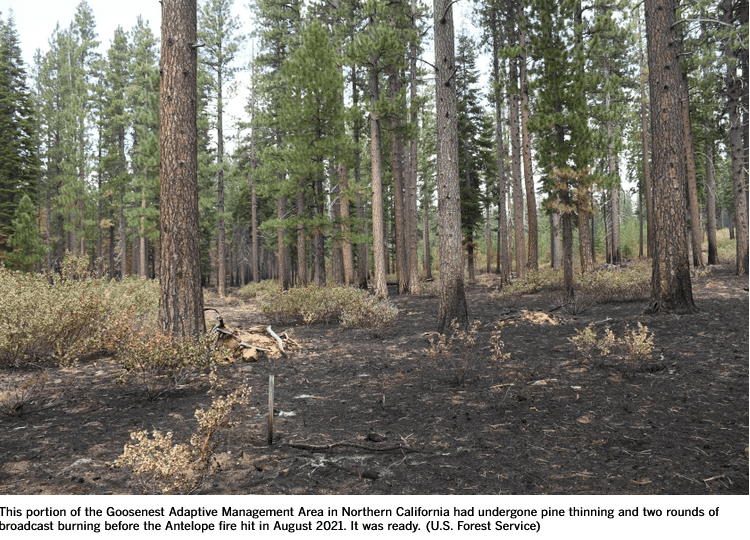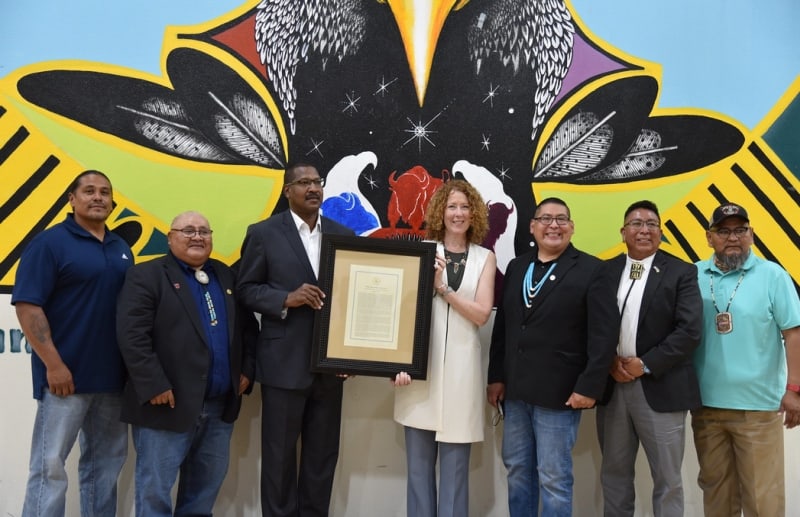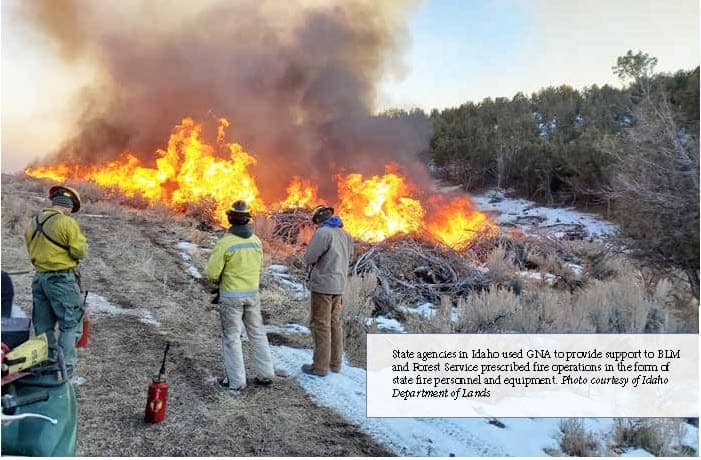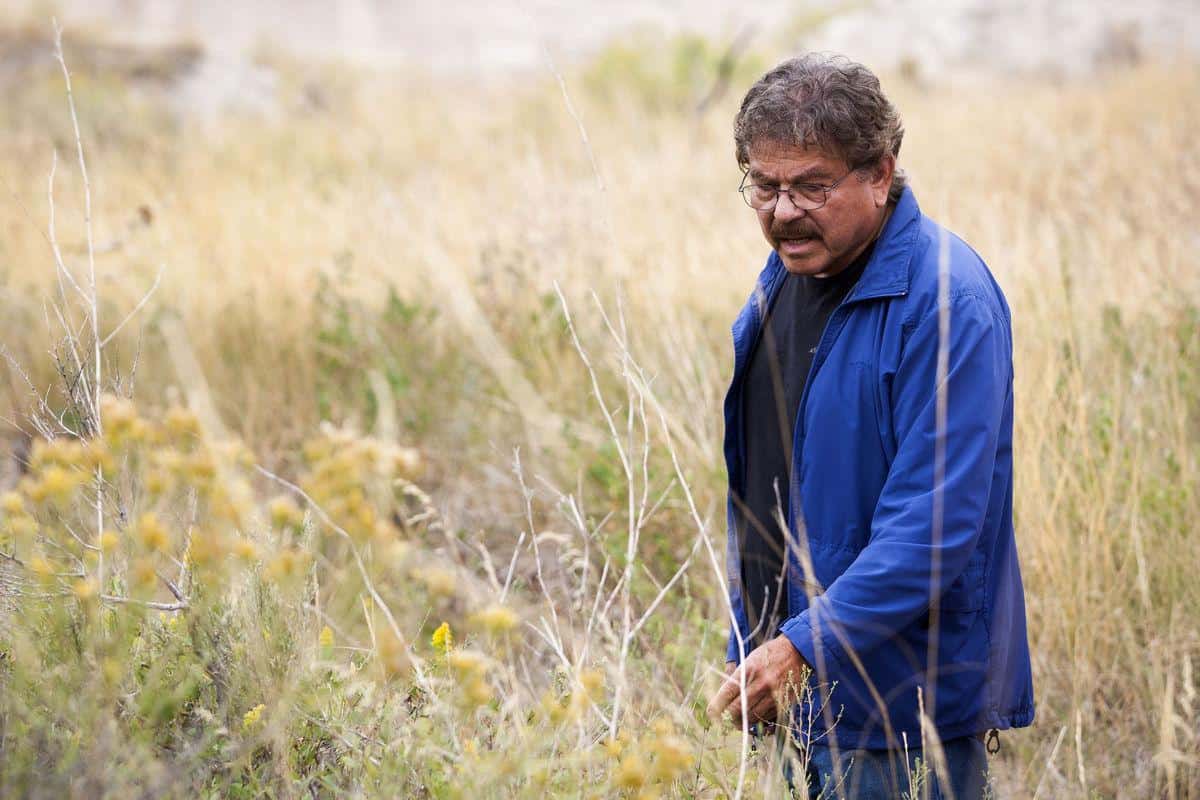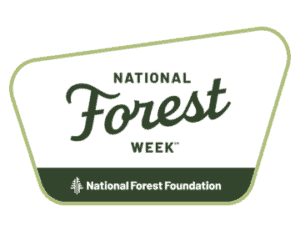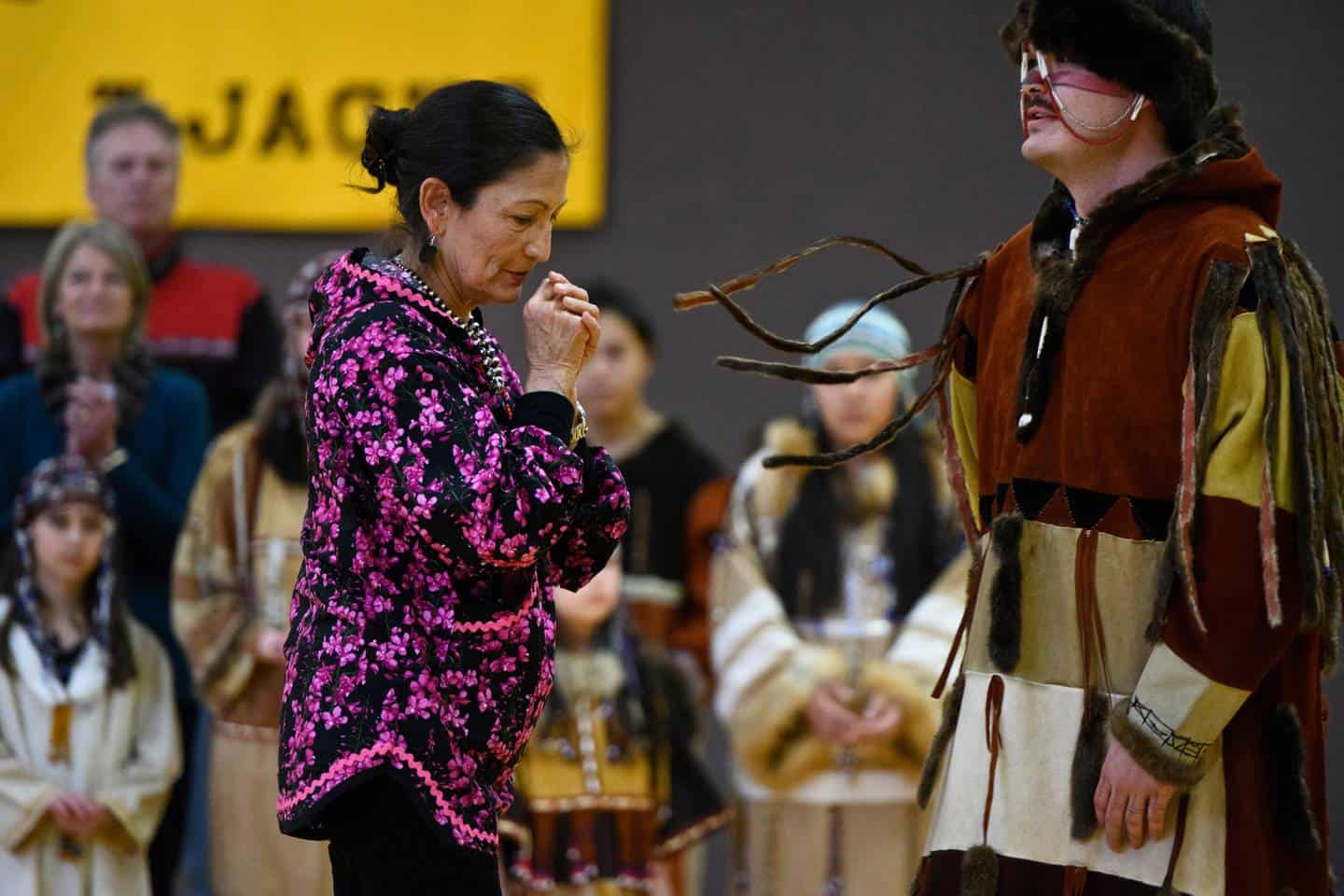
Saturday I posted about a controversy between Tribal people and a ski area on federal lands. I’d like to place that story in conversation with another story, the King Cove controversy. We don’t hear much about it, because it’s about a Fish and Wildlife Service (US DOI) administered area, and we usually talk about the FS and BLM. But it has many familiar issues. Native Alaskans in the village want a road to access a hospital. Some national ENGO’s don’t want the road.
So we often talk about “political” decisions and decisions being “corrupted”. I’d like to delve into this further. As a person who has worked on numerous controversial EISs and rulemakings, I think it’s safe to say that there are a number of reasonable options that could be chosen. What makes something “political”? Obviously there are numerous levels of internal and well as external politics. I think to agency people it might mean “a decision that I don’t agree with that favors interests I don’t like.” But then I think perhaps it’s about politics in the sense of “rewarding your friends and/or punishing your enemies,” perhaps beyond what is a reasonable approach toward your stated aims. For example, I think if the Admin’s stated goal is decarbonization, then shutting down US production on federal lands seems like more punishing oil and gas companies, or assuaging NRDC or ??, more than a rational policy call. Others may disagree. I would call that a political decision in that sense. Do you agree or disagree or do you have a different definition?
So let’s look at the King Cove cases, which looks like Native Alaskans who need the road vs. (some) national ENGO’s. The Admin appears to be picking a side by defending the decision (pro-road). Is this political? Was Sally Jewell’s decision not to political (assuaging ENGO supporters)? Was Bernhardt’s political? Are they all political?
An interesting aspect of this case is that he same argument (the federal property rights trump other considerations) seems to be made by these groups for Native people as for any local people.
Does this sound familiar?From an Anchorage Daily News story on Secretary Haaland’s visit.
Others complained to Haaland that outsiders can access Izembek to hunt and fish, and that much of the opposition to the road comes from conservation groups based on Alaska’s road system or in the Lower 48.
“Those folks live there,” said Skoey Vergen, chief executive of Aleut Corp., the Native corporation for the King Cove region. “These folks live here.”
Those dissenting groups were not present Wednesday in King Cove. But they’re still examining last month’s court ruling approving the Trump-era land exchange, and an appeal is an option, said David Raskin, president of Friends of Alaska Wildlife Refuges.
“This refuge is not owned by the people of King Cove. It is a great, valued possession of the people of the United States,” Raskin said in a phone interview Thursday. “And to have a small community like that reap horrible damage on one of the jewels of the refuge system would be a travesty, and a terrible blow to the American people.”
It appears that 11 miles of the road between King Cove and Cold Bay have not been built and that is what this decision is about. People from King Cove want a road to the hospital in Cold Bay.
Would we say that if the road goes through it is politics, or if the road doesn’t go, through it’s politics. Do we feel more sympathy for the native Alaskans, or for far away people with environmental concerns. If the Biden Admin were to give in to them, would that be undue political influence.
What groups, might we ask, are concerned about this road (desired by local Native Alaskans) to the extent that they are litigating it? Well, plaintiffs include The Wilderness Society; Defenders of Wildlife; National Audubon Society; Wilderness Watch; Center for Biological Diversity; National Wildlife Refuge Association; Alaska Wilderness League; and Sierra Club (collectively “Plaintiffs”). Many of these are powerful friends of the Obama/Biden Administrations. Perhaps why Sally Jewell made her decision (political influence?).
And how did our friends at the New York Times cover the Jimmy Carter angle? “The legal battle over the gravel route could gut an environmental law that the 39th president called one of his highest achievements.”
They are arguing the precedent of course, not the actual road.
***********************
Another interesting angle is how political decisions get validated or invalidated by the courts.
I got hopelessly confused over the legal questions involved. At first it sounded a little like that Sec. Jewell made a decision from an EIS, and Sec. Bernhart couldn’t make a different decision off the same EIS by weighing things differently. Then the judges became frustrated at having their time potentially wasted because conceivably Sec. Haaland could make a new decision (with a new EIS?) .
But then there’s this explanation in the Anchorage Daily News article.
Trump’s administration was good to King Cove. After a federal judge invalidated a land exchange aimed at authorizing the road, Trump’s Interior Department redid the plan and tried it again. A different judge rejected it a second time, in 2020. But last month, a federal appeals panel reversed that decision and said the land exchange could proceed,..
In the NYT article:
The exchange was authorized by Congress during the Obama administration, but was rejected by Sally Jewell, then the interior secretary, after a review found it would cause irreversible damage to the refuge and its wildlife.
If Congress asks the Admin to do something, it can just decide not to? Hopefully someone knowledgeable can explain.
Judge Kim McLane Wardlaw, a Clinton appointee, disagreed with her two colleagues, writing in a dissenting opinion that Bernhardt never explained the reasoning for this policy shift from Jewell and that she would have found that the land swap violated the Administrative Procedure Act and other federal laws.
DOJ argues in its brief that Bernhardt’s explanation placing public welfare over other concerns “sufficiently explained the change in policy,” in compliance with the Administrative Procedure Act, and that no other documentation was needed.
I thought that it was interesting that of three judges two thought (and DOJ thinks) that it was adequately explained, and one thought not. That’s why to us observers, it sometimes seems like when we go to court the decisions are more or less random. If I were redesigning the system, the judge would have to explain what they thought would be an adequate explanation. Otherwise it’s like “bring me a rock”; decisions can’t be improved without constructive feedback.
***********************************
Here’s one from E&E News, part of a long interesting article from 08/08/2022, if you are interested in more background.

